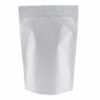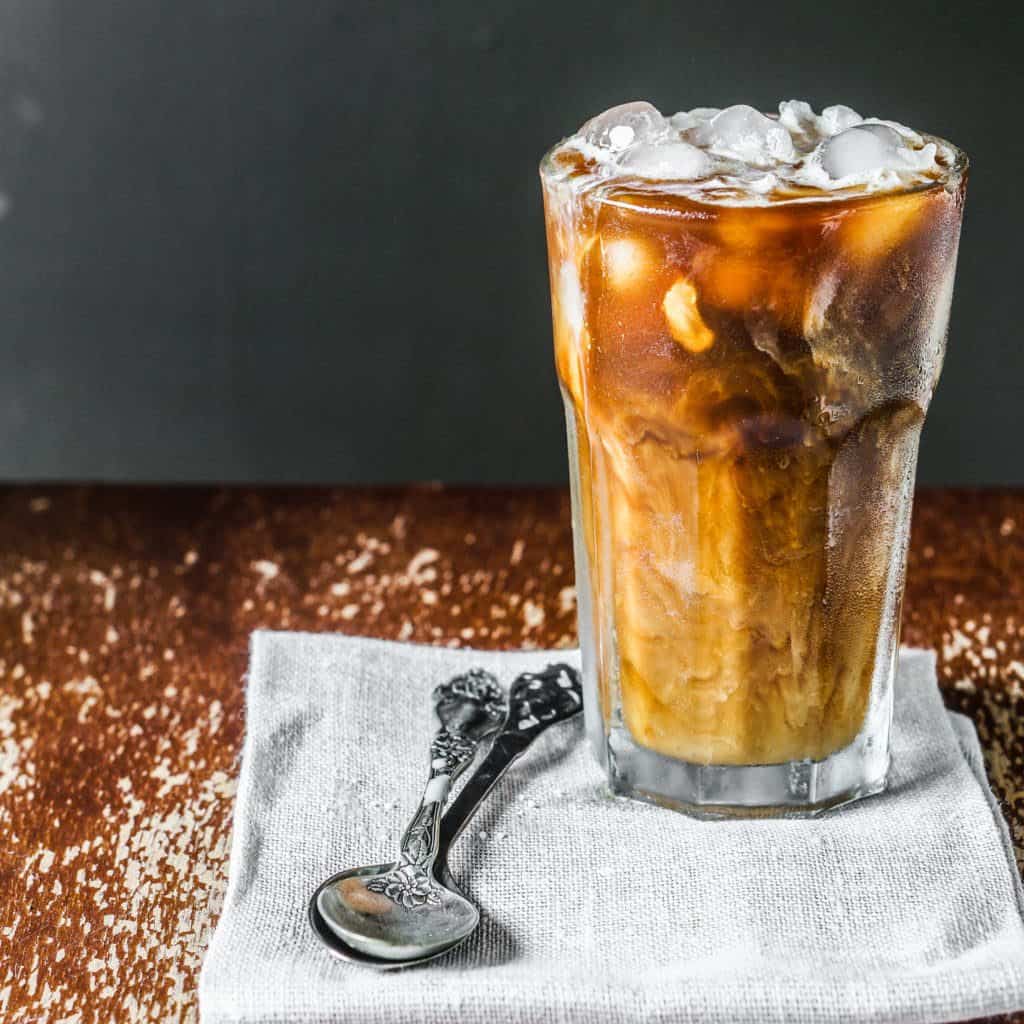Blog
What The Heck is Cold Brew?
I first encountered cold brew coffee when I had to brew it by the bucketful before closing the coffee shop I worked for every night. It’s cold coffee, as opposed to iced coffee, which is coffee poured over ice. It’s taking the coffee world by storm, beginning with your third wave specialty coffee shops and now infiltrating the mainstream giant, Starbucks (who, as usual, act like they discovered it).
Cold brewing coffee is a method that was invented in part to counteract the dilution that occurs when you just pour coffee over ice.
The process is time-consuming, but that’s because, by definition, cold brew is a long steep of the coffee beans in cold water. The coffee beans are ground coarsely (versus espresso, which is ground very finely) and soaked in cold water for usually around 12 hours. The water used can be either be chilled or room temperature. The method I used daily involved pouring the grinds into a paper filter that was then bundled into a mesh filter; this double filtering ensured that grinds did not end up in the coffee itself. Other methods that can be used include the French press (a metal pitcher-shaped container with a metal filter that is pressed down to separate the grinds from the brewed coffee; and some people use a filter made out of felt.
Normally, iced coffee is hot coffee that has either been cooled and then poured over ice or it’s just hot coffee poured over ice. The cold brew process involves no hot water, and the slow process of leaching flavor out of the grinds creates an entirely different chemical profile from the usual brewing methods. You end up with a coffee concentrate, that we then added water to, in our shop—still resulting in a stronger flavor and seemingly heftier kick of caffeine.
This new chemical profile is far less acidic than hot-brewed coffee, which means that it is much easier on your stomach. If you’re like me, your coffee dependency comes with an almost daily dose of indigestion; the National Heartburn Alliance has found that three quarters of America’s 54 million heartburn sufferers, reported that beverages like coffee caused their heartburn. Cold brew tends to minimize this effect, if brewed correctly, because the fatty acids in natural coffee aren’t dissolved into the brew as they are at higher heats. The downside is that caffeine, also a soluble that dissolves best at high heats, is actually lower in cold brew than in hot brews. The sensation I had of a stronger caffeine kick likely came from the stronger, fuller flavor that cold brew, which has been slightly diluted from a concentration of coffee, offers. Some experts estimate that cold brew can have only 2/3 the caffeine content of drip brews.
That shouldn’t discourage you entirely, however. Cold brew has also been shown to retain its freshness much longer than hot-brewed coffee. I used to bring home two large cups filled to the brim with cold brew for my weekends off. I would sometimes end up with a little left over and I found that even after a week or so, the coffee retained its full, strong flavor.
The method takes on many forms, with each company touting theirs as the best. It’s still a fairly new concept, with fine-tuning and perfecting happening in coffee labs around the country (and world). One of my favorite cold brew versions is nitrogen-infused cold brew. This involves brewing a batch of cold coffee concentrate and, just like the name says, infusing it with nitrogen. It is then served through a tap, just like beer, and it actually ends up tasting like a smooth, refreshing brewski. It even has a head like a good tap beer. This is also my favorite because the nitrogen reportedly increases dissolving rates, meaning the coffee is going to retain more of its caffeine, which is, let’s face it, what we’re all in this for.
One definitive benefit that I can personally attest to is the unplugged characteristic of cold brew. There were far too many mornings, during the busiest rush any coffee shop sees, when our drip machines would decide to break down, or the espresso machine would blow a gasket (just a saying, I don’t think they actually have gaskets). We didn’t have the coffee ready for the already-late employees who were extra grumpy because they hadn’t had their caffeine yet. What we did have was something that as not vulnerable to the failings of electricity: cold brew. It takes a while to brew, but if you make a big enough batch, you can live on it for a good bit of time.





